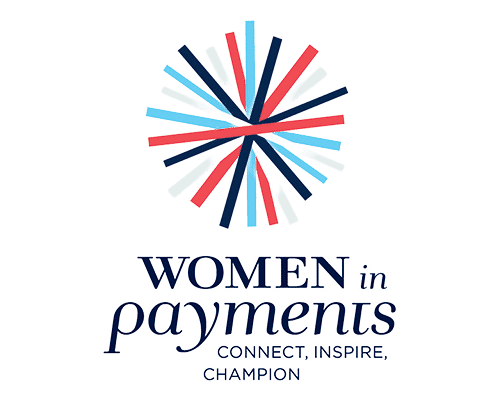ARTICLE
Financial inclusion: why it’s Important, and how FinTech can help
Kristy Duncan, Founder and Chief Executive Officer, Global Association of Women in Payments
The World Bank has had a goal to increase financial inclusion worldwide to promote economic empowerment by enabling asset accumulation and, for women in particular, to increase their economic participation. Given that, in 2017, only 65% of women globally had a financial account, compared with 72% of men, one can see how women may be disadvantaged from the start.
“… in 2017, only 65% of women globally had a financial account, compared with 72% of men”
Having access to financial products and services can enable women to save, provide nutrition and education for their children, and support their families. The benefits are real. One study found that women-led households in Kenya increased their savings by over 20% when given free bank accounts. In addition, access to accounts can reduce risks associated with loss and theft (as compared with cash) and reduce opportunities for financial crime (such as extortion by unregulated money-lenders).
Financial inclusion can increase access to financial services like payments, savings, credit, insurance, money transfers, etc. A study found that women-led households in Nepal spent 20% more on education after being given free savings accounts. Lastly, increasing financial inclusion can increase efficiencies and reduce corruption, such as the distribution of government benefits digitally.
The opportunities are great, and FinTechs are well-positioned to take advantage of them! In the past, banks have typically been less interested in serving the lower-income segments of the population, seeing them as less profitable. However, with new technology which can scale more quickly and easily, many FinTechs are well-poised to address this typically under-served market at scale, bringing millions into the fold of the financially included.
So, what does that mean for women, and what does it mean for FinTechs? The benefits for women are clear. Financial inclusion is a key channel, through which FinTech can help to reduce income inequality. Study after study confirms that microfinance programs which target women clients have greater opportunities to improve loan repayment rates, reduce loan loss provisions, and improve quality of life for women and their families. FinTechs which can tap into these greenfield markets in ways that are suitable and affordable for customers, and are delivered responsibly, may find tremendous opportunities at scale. FinTech could democratize access to financial services, helping to bring previously un- or under-served clients into the realm of the financially included. Ultimately, this is a win-win scenario for both FinTechs and the financially under-served. Many financial regulators, especially in less developed countries, have recognized this and opened regulations to encourage FinTechs to enter these markets. Ideally, regulators and governments have or are moving to put other pieces of digital infrastructure in place to support a safe and secure application of FinTech to benefit customers- such as a national digital ID system, a real-time digital payments infrastructure, access to government services via digital channels, leading to the ability to support digital financial markets and systems.
“Financial inclusion is a key channel, through which FinTech can help to reduce income inequality.”
We are a long way from achieving full financial inclusion for everyone, but FinTechs, together with governments, have the tools we need to get there. Let’s hope that regulators, FinTechs, and financial institutions can collaborate and move our economies and populations towards digital financial inclusion, for the benefit of all.
Author:
Kristy Duncan
Founder and Chief Executive Officer
Global Association of Women in Payments

Stay in the loop with MoneyLIVE
Subscribe to our newsletter to receive news, insights and special offers.
